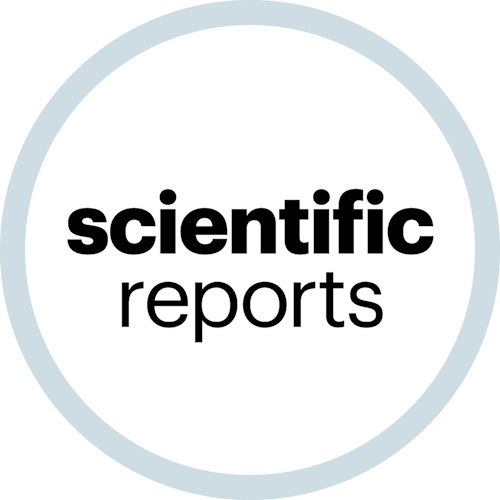Key points from article :
Traveling exosomes after stroke get activated, sticky, and accumulates on blood vessels lining.
Platelets adhere to these causing more buildup that obstruct brain blood flow.
RGD sequences are key contributor to the secondary damage from stroke.
Synthetic exosomes seen as future treatment option.
αvβ3 receptors become key sites for cells to pile up inside the blood vessel.
Research by Medical College of Georgia and University of Oxford, published in Nature.







